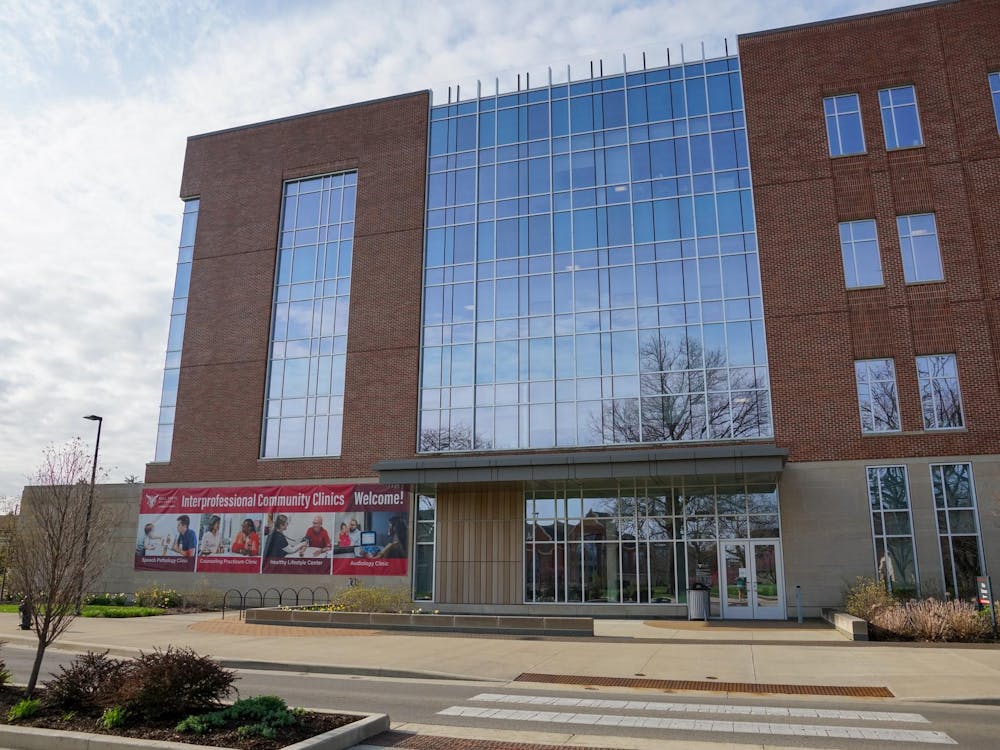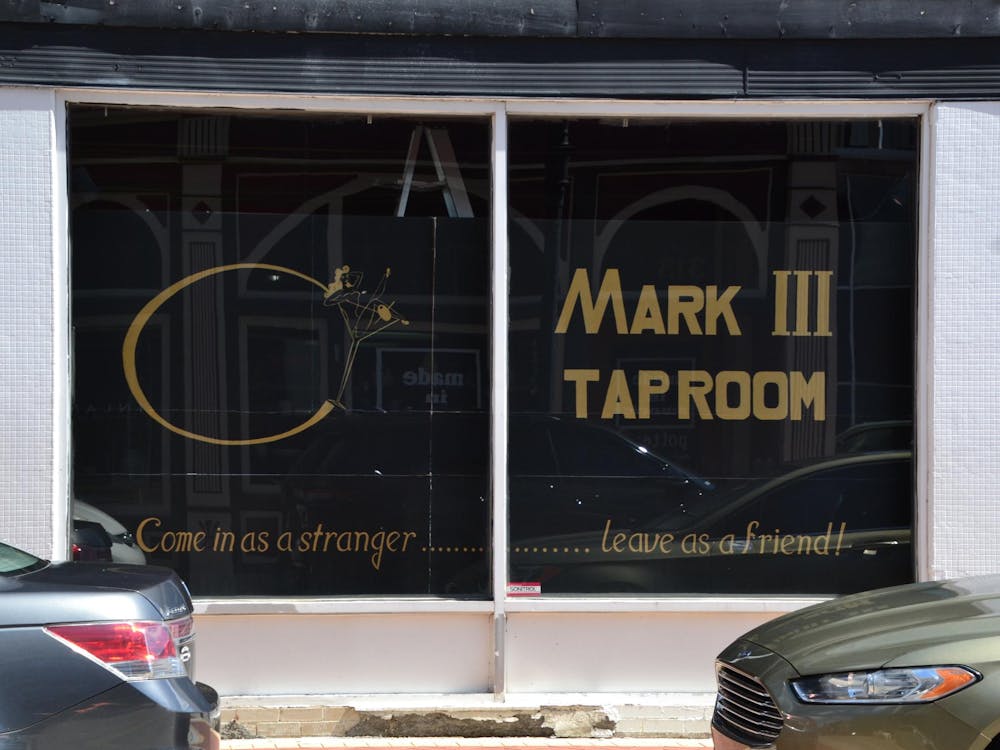No-Shave November is all about quitting shaving and growing facial hair into beards, all in the name of cancer awareness—but some men can’t grow facial hair at all.
For them, there may be a solution: beard transplants.
Yes, it is a real practice, and the numbers are increasing.In 2012, beard transplants accounted for 1.5 percent of all hair restoration procedures internationally. That number rose to 3.7 percent in 2014, according to the International Society of Hair Restoration Surgery.
Dr. William Yates of Chicago, Ill., performs the surgery, and said he has seen the numbers grow for himself at his practice, Dr. Yates Hair Science.
“We used to get one or two people a year who were interested [in beard transplants], now I would say we see at least three or four a month, and one or two of those [people] go through with [the transplant],” he said.
The transplant works like other hair transplants do. Hair is removed from the back and sides of the head with the root, or bulb, still attached. The face is numbed where the hair will go. Tiny incisions of about one millimeter are made it the face or mustache area, and the hair is planted in the incision.
“It takes about two months to see growth,” Yates said. “But you can’t tell it’s even been moved.”
The beard can be shaved like normal after it has started growing, and will grow back normally.
The procedure can cost up to $7,000, according to International Business Times.
Going through surgery just for a beard might seem extreme, but Yates argues there is more to it than “being a hipster.”
“It might be a ‘man thing,’ but lots of men just don’t have confidence without a beard,” he said. “They just don’t feel whole.”
Drew Happe, a sophomore actuarial science major, doesn’t have any facial hair. However, he is not convinced undergoing transplant is worth it.
“I mean, I’m sad that I don’t have facial hair, but not sad enough to pull some from the back of my head for it,” Happe said.
For those who aren’t happy with the results, there is an “out,” said Yates. Hair removal and waxing are two options to reverse the transplant.
However, Yates said so far, he’s never had a patient tell him they were dissatisfied with their decision.
And while the number of beard transplants is increasing, Yates said there could be more.
“There isn’t enough awareness about it. I think there would be more men interested if they knew it was an option,” said Yates.
Beard transplants are available in major cities in the United States, such as New York City, Chicago and Dallas.





